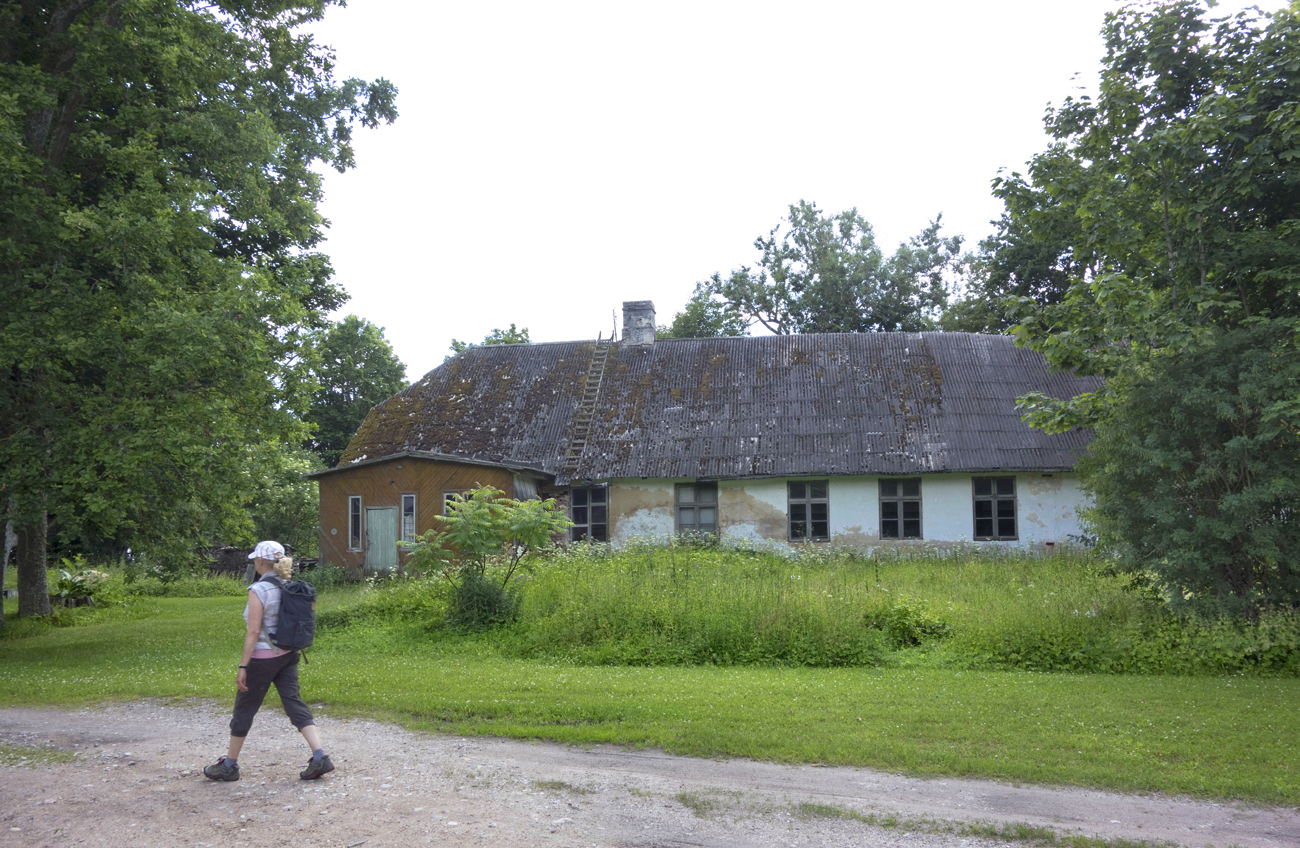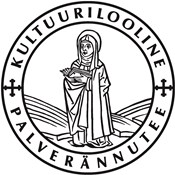Unipiha Mansion
We are in Unipiha. The folklore talks, at here have lived people who have always good sleep. They slept all winter, when was less work, but in the summer, they used also every opportunity at to get sleep. Therefore, came the name of Unipiha. Funny name anyway.

Unipiha Mansion (Unnipicht) was founded in the 16th century. During the Swedish Time, the Nõo Mansion was merged with Unipiha, but in the 18th century the Unipiha Mansion was reduced twice to build the estates of Old-Nõo and Vastse-Nõo. At that time the Mansion belonged to von Welten. In 1777, it was acquired by baron Ingelström, who later bought also the Meeri’s Mansion. In 18th to 19th century, the Unipiha and Meeri estates had the same owners. In 1837 the Russian poet Vassili Zhukovsky bought both Mansions, after that the estates belonged to Carl Johann von Seidlitz. In 1858, Unipiha Mansion was bought by the Court counselor Otto Georg von Rücker. Rückers owned this Mansion until the Republic of Estonia started nationalization process. In 1921 the Mansion was cut into settlements. The Manor House and park remained to Rückers family until their departure to the Germany in 1939.
The so-called Old Baltic type one-story Manor House was built in the early 19th century. After the Second World War was there Civic Centre and apartments at the same time. Part of the building was rebuilt during the Soviet Time as Cinema.
The ruins of the livestock buildings from the 19th century is located in front of the Manor House. In a better condition are five-cornered granary, which is ruined by a sovkhoz-era silicate tile annexed.
The freestyle mansion park was built during the Seidlitz time in the mid-19th century and Rücker complemented it with a horseshoe shaped pond and a grotto. Currently, the main building, which needs restoration and a large park are private property. They are plans to build in the park a community place, a large swing is already up.


If that, what’s left over from the Manor and the park has been reviewed, water from the well have tasted and the air of blooming linden has breathed deeply in, we will continue our journey towards Kambja.
In the interest of the truth, it must be said that the Unipiha folks haven’t ever been only the sleepyheads, how otherwise it can be that the first farmer, who bought the private property in the Nõo Municipality was just from Unipiha.

From the Unipiha Bus Stops the road goes down to the Unipiha’s Mansion Workers House. In his simplicity, a magnificent red brick two-store building (first half of 19th century), which looks already from the distance.
At the Mansion Workers House, we turn left to the Kambja (the shortcuts road leads to Luke Mansion), on the Road stays Männimäe Bus Stop. Soon afterwards, on the right side of the road, is a signboard, to the Unipiha ancient town hill from the first millennium, and from the old Settlement place at the foot of it. This town hill was in use on the 3rd to 4th and 7th to 11th centuries. The town hill’s surface area is approximately 100 m², the length of the courtyard is 49 m and the width are 24 to 25 m. The town hill’s slopes and most of the courtyard are covered with forests.


After the curve is the Liudsepa Bus Stop. We continue to walk along the asphalt road, across the Tartu–Võru Road and we will reach in Kambja.
Daila Aas in July, 2017
Sources
Agnes-Asta Marand. Lehekülgi Nõo ajaloost I–III. 2001–2003.
https://register.muinas.ee/public.php?menuID=archivalmaterial&action=view&id=3358
https://register.muinas.ee/public.php?menuID=archivalmaterial&action=view&id=1164
https://www.eki.ee/dict/knr/index.cgi?Q=Unipiha
https://register.muinas.ee/public.php?menuID=monument&action=view&id=12905
